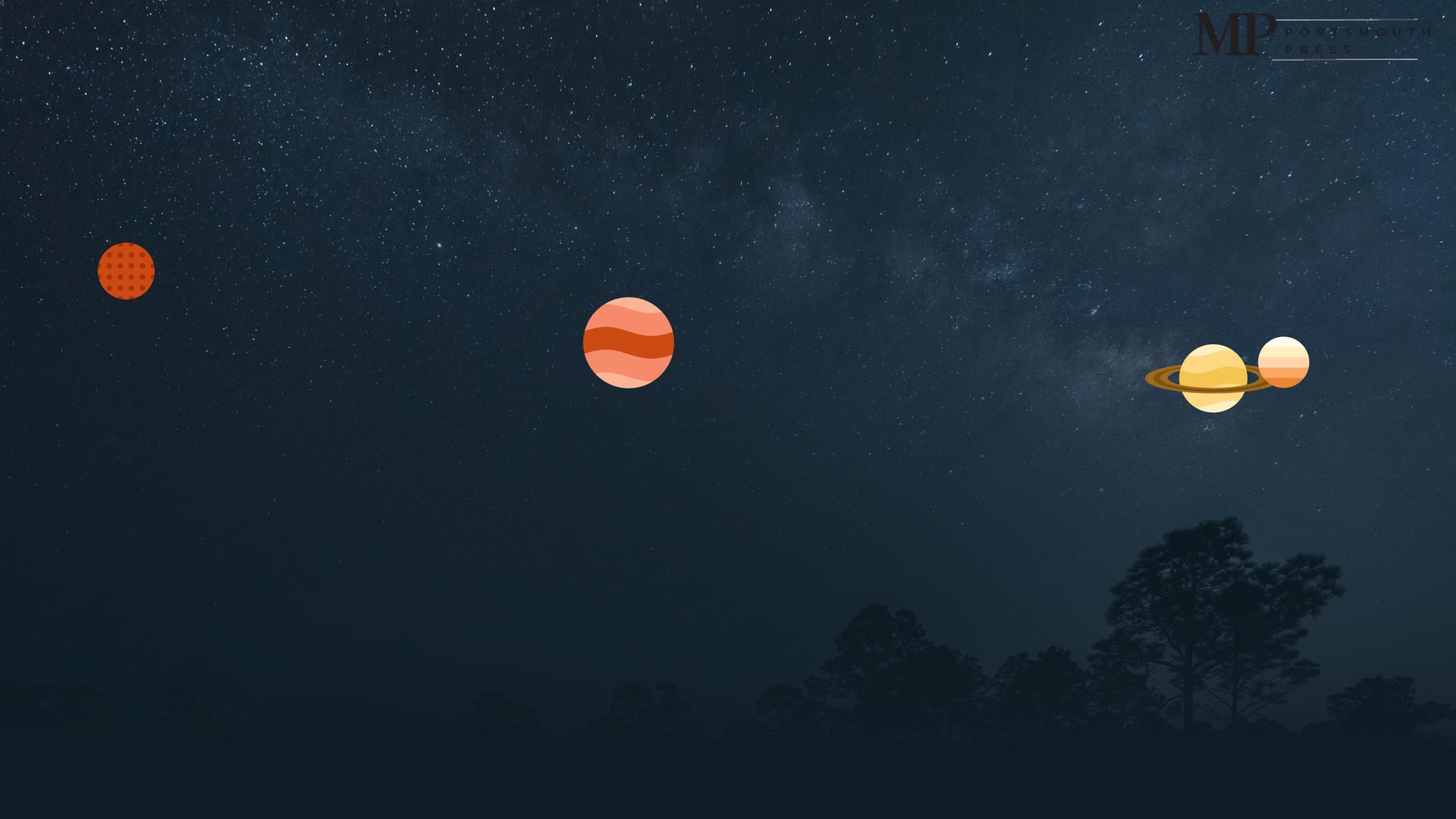Get ready, everyone! An amazing celestial event known as a planetary alignment is just around the corner, set to light up our night sky in January 2025! This unique alignment will allow stargazers young and old to see a spectacular lineup of planets, including Mars, Jupiter, Saturn, and Venus, right from their backyards. Whether you’re an experienced astronomer or just love to gaze at the stars, this is an event you won’t want to miss!
At a Glance
During this exciting planetary alignment, several of our solar system’s most beautiful planets will come together in the night sky. Here are the key points you need to know:
- Visibility: Mars, Jupiter, Saturn, and Venus will be easily seen with the naked eye.
- Uranus and Neptune, while a bit dimmer, can be observed with binoculars or telescopes.
- Best Viewing Time: The perfect time for viewing is about 90 minutes after sunset.
- Winter Weather: Cold and dry winter air can actually help enhance visibility.
- Dress Warmly: Make sure to bundle up if you’re planning to watch the parade of planets!
What To Know
This extraordinary event allows stargazers to experience a beautiful spectacle created when planets align on the same side of the sun. Each evening, as night falls, the planets will appear to dance across our sky, creating a stunning visual that beckons people to come outside and enjoy.
Why Winter is a Great Time for Stargazing
Did you know that winter can actually be one of the best seasons for stargazing? With colder, drier air and often clearer skies, the conditions are just right for spotting celestial events. So, put on your warmest jacket, grab a pair of binoculars if you have them, and get ready to explore the stars!
Stay Tuned for More Updates!
As we get closer to January, keep an eye out for more information and tips on how to best enjoy this planetary alignment. Astronomical societies and local clubs often host special events and provide resources for those interested in learning more about the night sky. So, don’t hesitate to join one of these community events for a shared experience of wonder and learning!
How to Prepare for Your Stargazing Adventure
If you want to make the most of this celestial event, here are a few tips to prepare:
- Find a dark area away from city lights for the best views.
- Bring along binoculars or a telescope if you have them; they’ll let you see more details!
- Consider using a sky-observing app on your phone to help identify the planets.
- Check the weather ahead of time to ensure clear skies, and plan for a warm evening, as temperatures can drop quickly.
By taking these steps, you can enhance your viewing experience and make memories that will last a lifetime under the stars!
Marveling at the Night Sky
It’s not just the planetary alignment that makes this a special time; it’s also an invitation to marvel at the beauty of the universe. Just looking up at the night sky connects us with something far greater, sparking our curiosity and wonder about what lies beyond our planet. So grab your family, friends, or even your pet, and head outside to watch this great planetary parade!
| Planet | Visibility | Best Time |
|---|---|---|
| Mars | Visible to the naked eye | 90 minutes after sunset |
| Jupiter | Visible to the naked eye | 90 minutes after sunset |
| Saturn | Visible to the naked eye | 90 minutes after sunset |
| Venus | Visible to the naked eye | 90 minutes after sunset |
| Uranus | Requires binoculars | 90 minutes after sunset |
| Neptune | Requires binoculars | 90 minutes after sunset |
In conclusion, mark your calendars, gather your friends, and get excited for this extraordinary planetary alignment in January 2025. The universe is about to put on a show, and you don’t want to miss it!









